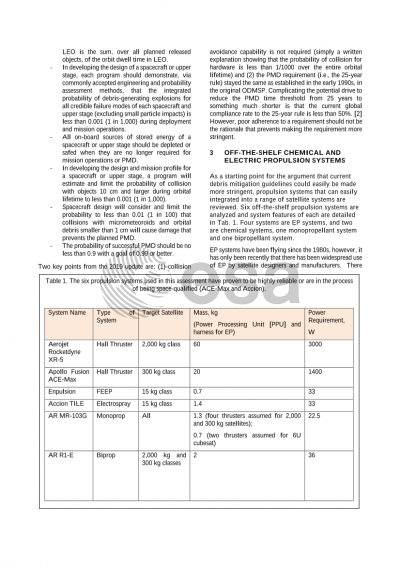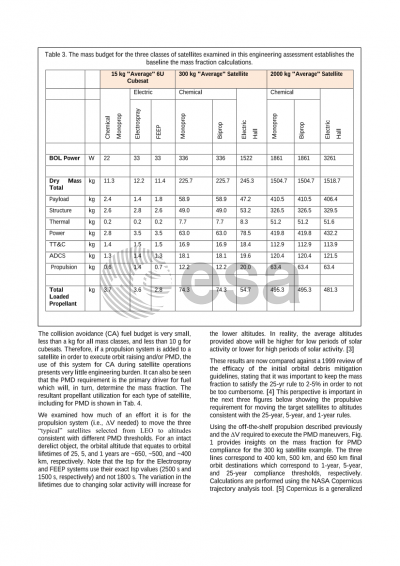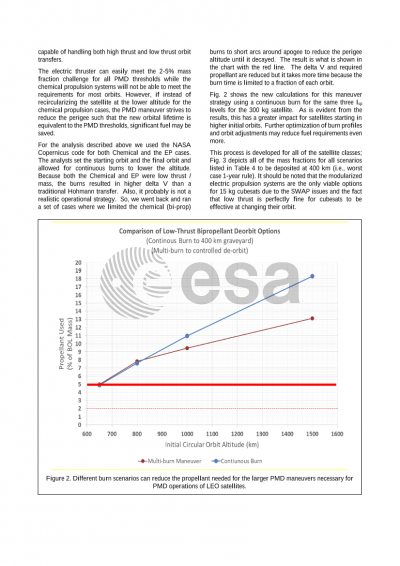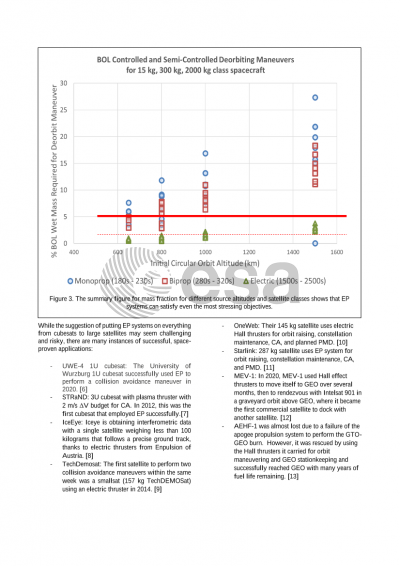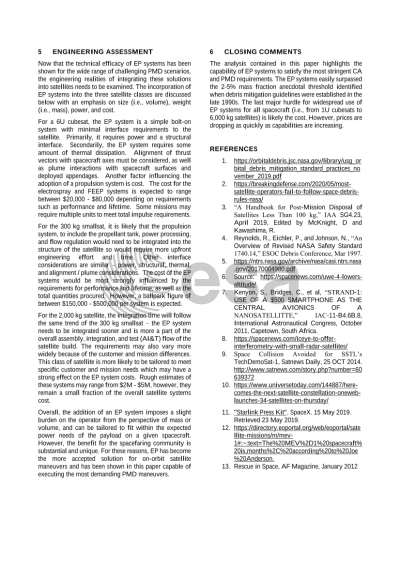Document details

Abstract
Global orbital debris mitigation guidelines were established in the mid-1990s based upon a simple framework of (1) limiting the amount of debris created by each launch/mission, (2) preventing explosions and collisions, and (3) reducing the amount of time space hardware is allowed to reside in Earth orbit after its mission is completed.
The sequence of initiatives that flowed from this activity were critical to establishing the philosophy of responsible behavior in space but were also tempered by concerns of imposing burdensome requirements on spacecraft designers and space operators. That concern was very relevant for that time when there was limited debris on orbit, few countries actively operating in space, space technology was in early stages of maturity, and few commercial ventures depended on reliable space systems.
Over the last 25 years, space has become critical to every aspect of our national security and daily lives and our ability to build capable space systems has also dramatically improved. However, the guidelines to mitigate debris and avoid collisions, which could threaten our ability to operate our space systems reliably, have not kept pace with these technological changes.
This paper shows that the engineering realities now are such that two key components of the mitigation guidelines can, and should, be immediately, and substantially, updated by use of electric propulsion systems:
1. Collision avoidance capability can be incorporated in all spacecraft operating over 400 km in altitude.
2. The 25-year rule can be reduced to 5-year (or even 1-year) rule with minor impact on design and operations.
Preview

